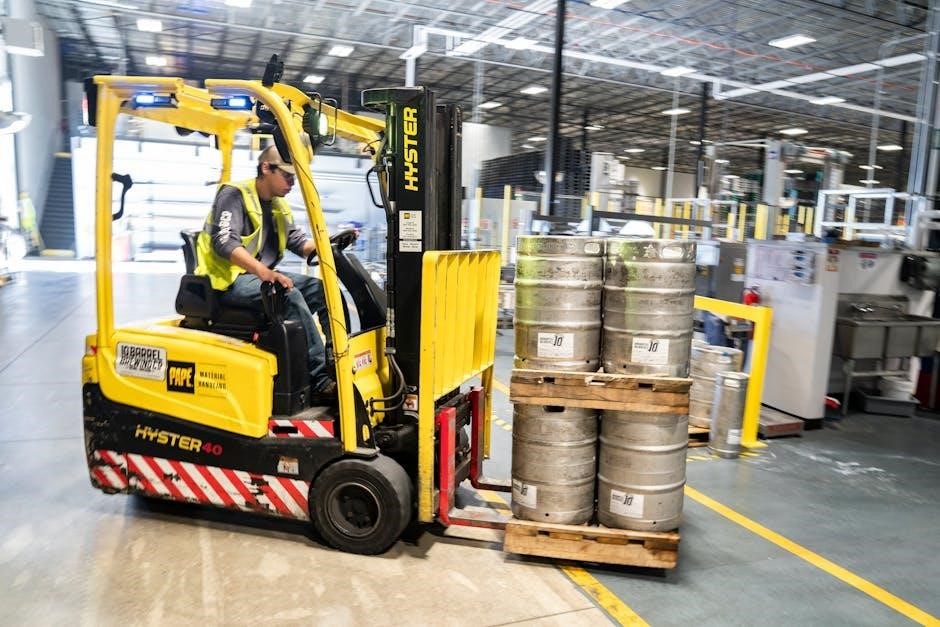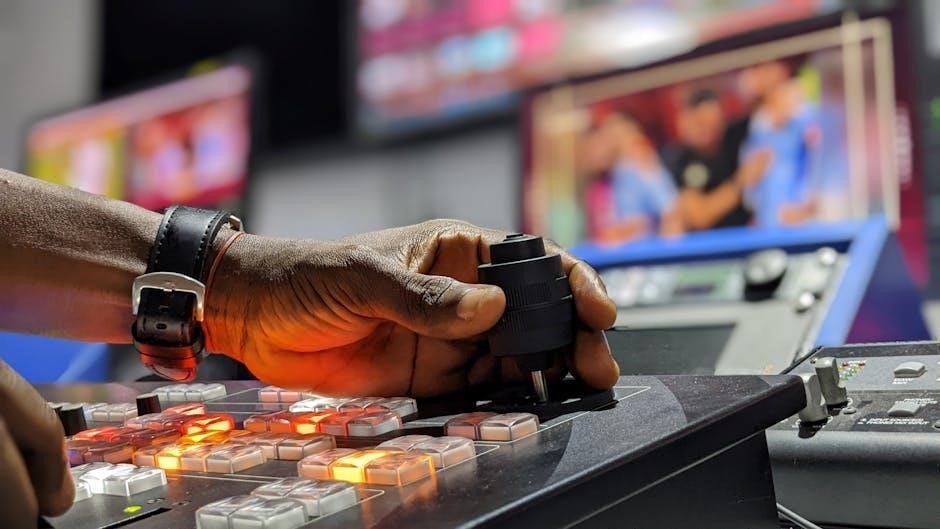A manual gearbox stuck in gear can be frustrating and leave you stranded. This issue often arises from low fluid levels, physical damage, or clutch system problems, emphasizing the need for prompt diagnosis and maintenance to ensure smooth operation and prevent further complications.
1.1 Overview of the Problem: Manual Gearbox Stuck in Gear
A manual gearbox stuck in gear is a common issue that can occur due to various factors. It often results in the inability to shift gears smoothly, leaving the vehicle in a single gear or causing unexpected shifts. This problem can stem from low transmission fluid levels, physical damage to the gearbox or gearstick, or issues with the clutch system. In some cases, faulty gear shifter linkages or worn-out components like synchronizers or hub sleeves may also be the culprit. Identifying the root cause is essential to apply the correct fix and restore proper functionality to the transmission system.
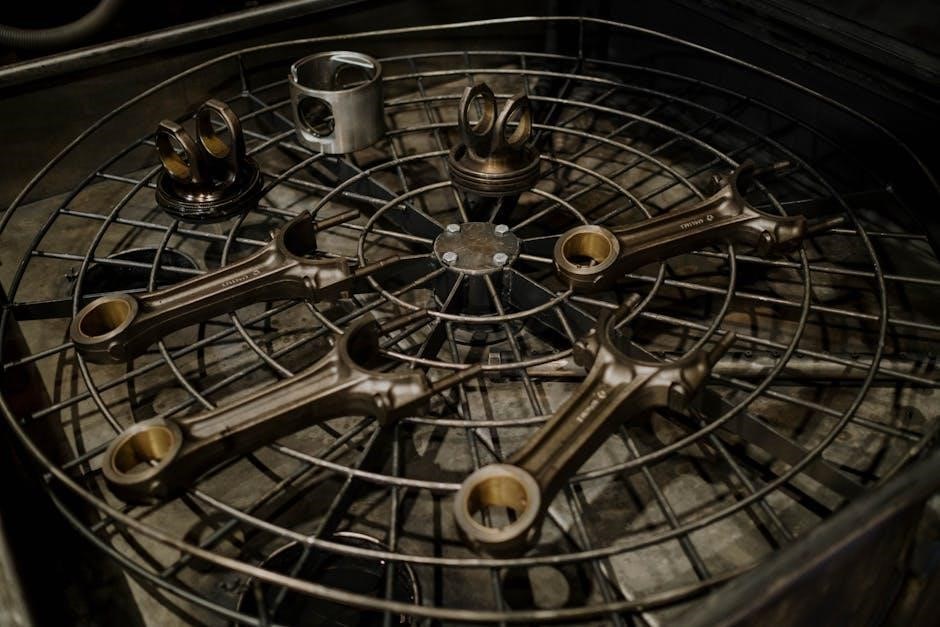
Common Causes of a Manual Gearbox Stuck in Gear
A manual gearbox can become stuck due to low fluid levels, physical damage, clutch issues, or problems with the shifter or linkages, each requiring specific fixes.
2.1 Low Transmission Fluid Levels
Low transmission or gear oil levels are a primary cause of a manual gearbox getting stuck in gear. Insufficient lubrication can lead to increased friction between components, causing gears to seize or stick. Regular fluid checks are essential to maintain optimal levels and ensure smooth operation. If levels are low, adding the appropriate type of fluid may resolve the issue. However, if the fluid is dirty or degraded, a complete fluid change is necessary to prevent further damage. Always refer to the vehicle’s manual for the correct fluid type and capacity to avoid compatibility issues.
2.2 Physical Damage to the Gearbox or Gearstick
Physical damage to the gearbox or gearstick can cause the manual transmission to become stuck in gear. This may occur due to accidental impacts, excessive force while shifting, or wear and tear over time. A damaged hub sleeve or synchronizing ring can prevent gears from disengaging properly, leading to the issue. Similarly, a broken or bent gearstick may fail to engage gears correctly. Internal components like bearings or gears can also suffer damage, restricting movement. In such cases, a thorough inspection is necessary to identify the extent of the damage. Repair or replacement of the affected parts is often required to restore proper functionality to the gearbox.
2.3 Issues with the Clutch System
Issues with the clutch system are a common cause of a manual gearbox becoming stuck in gear. A worn-out clutch disk, pressure plate, or faulty through-bearing can prevent the clutch from disengaging properly. This results in the gears remaining locked, making it difficult to shift. Low clutch fluid levels or a damaged clutch master cylinder can also contribute to the problem by reducing hydraulic pressure; Additionally, misalignment or excessive wear in the clutch components can disrupt the normal operation of the gearbox. Addressing these issues promptly is crucial to avoid further damage and ensure smooth shifting.
2.4 Problems with the Gear Shifter or Linkages
Problems with the gear shifter or linkages can cause a manual gearbox to become stuck in gear. Worn-out bushings, damaged shift cables, or misaligned linkages can disrupt the connection between the shifter and the transmission. This can lead to gears not engaging or disengaging properly. Additionally, loose or broken components within the shifter mechanism can prevent the transmission from shifting smoothly. Inspecting the shift linkage for wear or damage and ensuring proper alignment are essential steps in diagnosing and resolving the issue. Addressing these problems early can prevent further complications and maintain the gearbox’s functionality. Regular maintenance of these components is key to avoiding such issues;
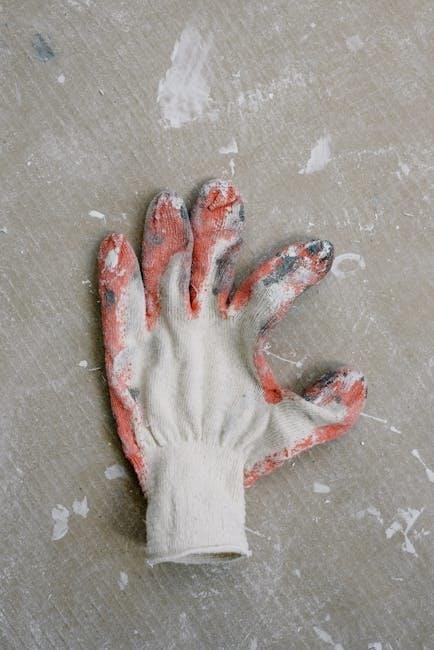
Diagnosis of the Issue
Diagnosing a stuck manual gearbox involves checking fluid levels, inspecting linkages, and testing clutch operation. Advanced steps may include internal gearbox inspections or professional mechanical evaluations.
3.1 Initial Checks: Fluid Levels and Clutch Operation
Begin by inspecting the transmission fluid level. Low or dirty fluid can cause gears to stick. Ensure the clutch pedal operates smoothly, as a malfunctioning clutch can prevent proper shifting. If the clutch feels spongy or doesn’t disengage fully, it may indicate issues with the clutch master or slave cylinder. Additionally, check for any visible leaks in the system. These initial checks are crucial for identifying common causes without dismantling the gearbox, saving time and potential repair costs. Addressing these basics can often resolve the issue or narrow down the problem for further diagnosis.
3.2 Advanced Diagnosis: Inspecting the Gearbox and Linkages
After initial checks, inspect the gearbox and its linkages for damage or wear. Look for signs of physical damage, such as bent or broken components, which can prevent smooth shifting. Examine the shifter assembly, including the shift linkage and bushings, for looseness or misalignment. Worn or damaged synchronizer rings and gear teeth can also cause gears to stick. If internal components are suspect, partial disassembly may be necessary to identify issues like damaged hub sleeves or misaligned shift rails. Professional inspection is recommended if internal damage is suspected, as specialized tools are often required. Early detection of these issues can prevent further damage and costly repairs down the line.
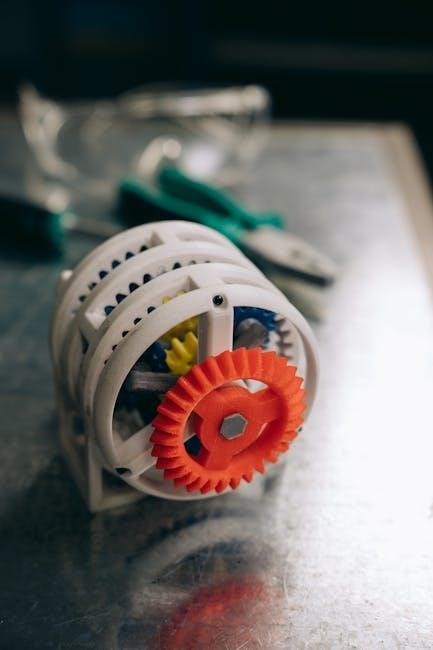
Step-by-Step Fixes for a Stuck Manual Gearbox
Refill or replace transmission fluid, inspect and repair damaged components, and adjust or replace the clutch system. Ensure proper linkage alignment and consult a professional if internal damage is suspected.
4;1 Refilling or Replacing Transmission Fluid
Low transmission fluid levels are a common cause of a manual gearbox getting stuck in gear. To address this, start by checking the fluid level using the dipstick or filler plug, ensuring it meets the manufacturer’s recommended level. If the fluid is low, refill it with the appropriate type specified in your vehicle’s manual. Dirty or degraded fluid should be replaced by draining and refilling with fresh fluid. Proper lubrication ensures smooth gear engagement and prevents internal component damage. If the gearbox remains stuck after refilling, it may indicate internal damage requiring professional inspection. Always use the correct fluid type to maintain optimal gearbox performance and avoid further issues. Consulting a mechanic is advisable if the problem persists after fluid replenishment.
4.2 Repairing or Replacing Damaged Components
If the manual gearbox remains stuck due to physical damage, inspect the gearbox, gearstick, and linkages for any signs of wear or breakage. Damaged synchronizers, gear teeth, or shift forks may require replacement. Worn-out shifter bushings or misaligned linkages can also cause shifting issues. In such cases, replacing these components is essential to restore proper gear engagement. For internal damage, such as a damaged hub sleeve or synchronizing ring, professional repair or component replacement is often necessary. Additionally, inspect the shift linkage for loose connections or corrosion and tighten or replace parts as needed. Addressing these issues promptly prevents further damage and ensures smooth gearbox operation. Always consult a mechanic if internal components are affected, as specialized tools and expertise may be required.
4.3 Adjusting or Replacing the Clutch System
A faulty clutch system can prevent the manual gearbox from disengaging properly, causing it to stay stuck in gear. If the clutch pedal feels spongy or lacks resistance, it may indicate low clutch fluid levels or air in the hydraulic system. Check the clutch master and slave cylinders for leaks or damage. Adjusting the clutch cable or replacing worn components, such as the clutch disk or pressure plate, can resolve the issue. In cases where the clutch is worn out, replacing it entirely may be necessary. Proper alignment of the clutch components during reinstallation is crucial to ensure smooth operation. Regular maintenance, such as bleeding the clutch system, can help prevent future problems and keep the gearbox functioning smoothly.
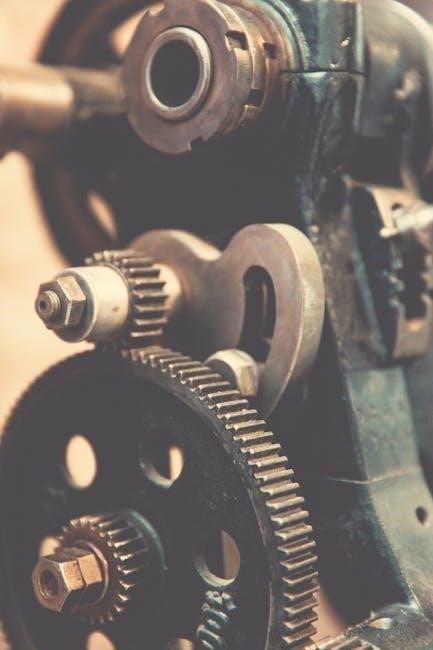
Preventative Maintenance to Avoid Future Issues
Regular checks of transmission fluid levels and clutch operation can prevent gearbox issues. Inspect and replace worn components, and avoid harsh driving conditions to maintain smooth operation.
5.1 Regular Fluid Checks and Maintenance
Regular fluid checks are crucial for maintaining a healthy manual gearbox. Low or contaminated transmission fluid can lead to gears sticking or refusing to shift. Always use the recommended gear oil type and level as specified in your vehicle’s manual. Inspect the fluid for any signs of dirt or degradation, and replace it as needed. Additionally, ensure the clutch fluid level is adequate, as a hydraulic clutch system relies on it for smooth operation. By maintaining proper fluid levels and cleanliness, you can significantly reduce the risk of gearbox issues and ensure optimal performance.
5.2 Inspecting and Replacing Worn-Out Parts
Regular inspection of gearbox components is essential to prevent issues like gears sticking. Worn-out parts such as synchronizers, bearings, and shift linkages can cause shifting problems. Check for signs of wear, like grinding noises or difficulty shifting, which may indicate damaged components. Replace any worn parts promptly to avoid further damage. Additionally, inspect the clutch system, including the clutch cable, pressure plate, and disc, for wear or misalignment. Replacing these components when necessary ensures smooth gear transitions and prevents the gearbox from getting stuck. A proactive approach to maintenance can save time and money by addressing issues before they escalate.

